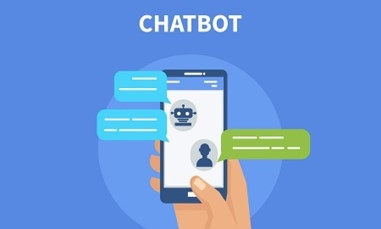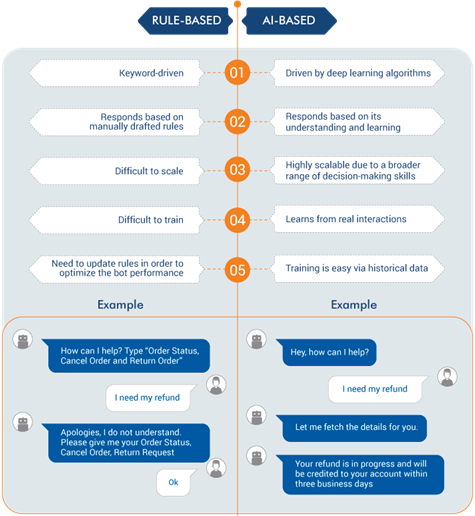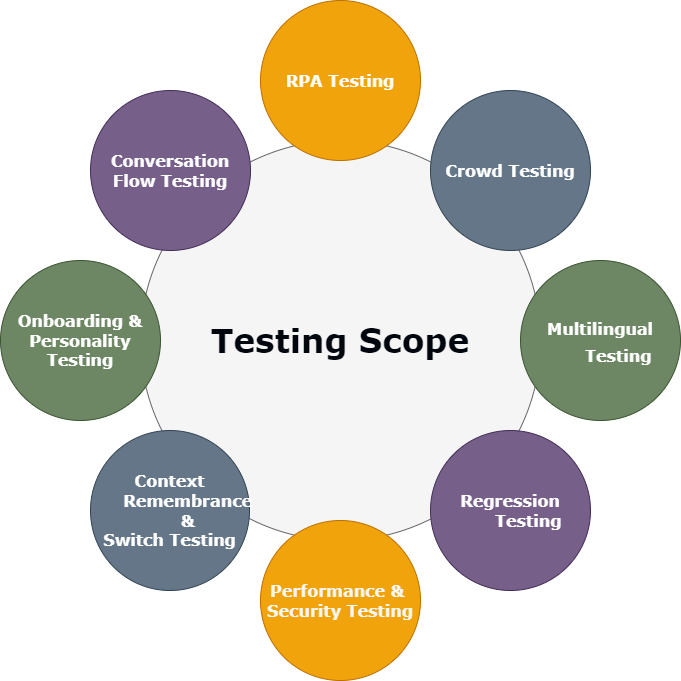Guide to Chatbot Testing


What is a Chatbot?
A chatbot is a software application designed to simulate human conversation. Many chatbots run on messaging apps or short message service (SMS). Chatbot technology uses NLP (Natural Language Processing) and AI (Artificial Intelligence) to understand what a human need and adapt its response to help end-users reach a desired outcome.
There are several synonyms for chatbot, including "talkbot," "bot," "IM bot," "interactive agent" or "artificial conversation entity". Chatbots act as virtual agents for different company departments, including:
- Social media
- Customer support
- Marketing
- Customer experience
- Sales
Characteristics of a Chatbot
- Maintains a sensible and contextual conversation with a human.
- Operates on cognitive services such as NLP is used to make it more intelligent.
- Processes business logic and prepare response to user input.
- Can take actions.
Types of Chatbot

Importance of Chatbot Testing
Since bots integrate a lot of functions and change dynamically with the growing market demands and customer requirements, it is essential to ensure that they are efficiently tested. Further, AI based technologies are continuously evolving and there are significant new platforms through which humans express their needs.
Therefore, it is very essential that chatbots should be programmed and tested with multiple input values and formats to make them effective.
Chatbot Testing Types

Chatbot Testing Parameters
Onboarding:
Is it clear enough to the user what your chatbot’s functionality is, from the very start? Is it intuitive enough how he/she should interact with the bot?
Personality & Understanding:
It is essential to ensure that the chatbot’s voice and tone fit with the users and with the ongoing conversation. Chatbot should be able to understand all requests, small talk, idioms, emojis sent by the user to frame appropriate responses.
Error management:
Chatbot’s ability to deal with the errors and its ability to recover from those errors must be tested. If a bot fails to understand user inputs, it must smartly ask alternative questions to the customer or should connect the user with a live agent.
Navigation:
The navigation flow of the conversational bots should be tested to ensure the customer does not feel lost while speaking with the chatbot.
Multi/cross-platform & Device compatibility:
Chatbots must be able to perform seamlessly on all devices, platforms, and OS versions. Therefore, it is essential to test the multi/cross-platform compatibility of chatbots to ensure it functions properly and delivers a great CX.
Response Time & Speed:
Performance testing is also vital to enhance the speed of your bots as your users don’t have patience. In this case, if the chatbot takes time to respond based on their queries, then your users will take a few seconds to leave your website.
Accuracy & Intelligence:
The accuracy of the responses or answers that conversational assistants provide against inputs/queries must be tested. Further, Chatbot’s intelligence must be tested to ensure it remembers things and provides correct responses based on recorded or stored data.
Common Challenges of Chatbot Testing
- Uncertainty of user conversation.
- Domain specific validations.
- Multichannel user experience.
- Chatbot security.
- Lack of robust testing strategy.